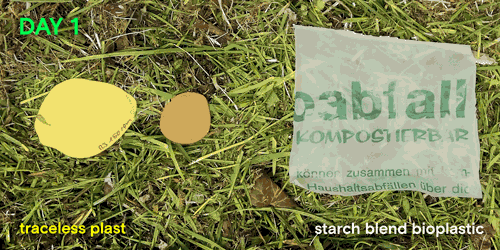I’ve written many times in these posts about the threats that we human beings have created to the very planet on which we live. While the biggest problems maybe carbon emissions causing climate change along with the ever growing piles of plastic trash we generate there are nevertheless many others such as Mercury getting into the food supply, agricultural fertilizer runoff into lakes and streams, ocean acidification etc, etc.

In those posts I’ve also discussed some of the efforts underway by scientists, engineers and sometimes just regular citizens who are trying to find solutions to those problems. However I freely admit that the solutions I’ve discussed so far were designed to address one environmental issue at a time rather than an overall plan for solving all of our problems. That’s the way I was taught and trained, you break a problem down to its component parts and by studying each part separately you can solve the whole problem. This technique is formally known as ‘Cartesian Reductionism’ after Rene’ Descartes the 17th Century French mathematician and philosopher who first described the technique and is often employed by scientists and engineers.


The opposite of Cartesian Reductionism is known a Holism, the idea that an organic system is bigger than the sum of its parts and therefore has to be studied in its entirety. Since life on Earth is the biggest organic system we know about maybe we do need to take a more holistic approach to saving the environment and develop overall strategies for living within what the Earth can give us. Today I’d like to discuss one such proposed strategy.
The approach is called ‘The Circular Economy’ but in some respects it’s really just a new term for recycling. However the circular economy is more than just having consumers recycling their plastic or aluminum or other waste. Instead the circular economy is an overall program designed for recycling waste of every kind, industrial as well as consumer. While this concept has received a good deal of media attention in both Europe and Japan as far as I can tell it is largely unknown in the US.

As an example of what I mean by every kind of waste consider a cheese making company. Now everybody knows that to make cheese you start by separating milk into curds and whey using a coagulant like rennet. The curds go on to become cheese but the whey is generally just tossed out as waste.

Well no more, not if a company called Chemicle succeeds in turning the whey into biodegradable plastic. The small company, which is headquartered in the UK, is investigating techniques for turning whey, which is a complex mixture of organic chemicals, into an alternative for oil in a number of industrial applications. Success would have the twin benefits of both reducing the amount of organic waste we dump into the environment while also reducing our dependence on oil!

Another small company trying to make a big difference is Traceless, a German company. Traceless has developed a process that is able to convert waste from the agricultural industry into biodegradable cling wrap and other single use packaging products. Again the idea is to kill two birds with one stone by using a material that would otherwise end up in a landfill to manufacture products that we are currently making from petroleum.

In order for companies like Chemicle and Traceless to succeed we also need to coordinate the transfer of one company’s waste to those companies for whom it is a valuable resource. That’s where a company called Excess Materials Exchange will come in. Excess Materials Exchange is a Dutch company that functions as a middlemen, linking those companies trying to get rid of their waste safely with those companies that can use it.

These three companies, and many others are now contestants for an award called the ‘Green Alley Award’ that’s given by the Landbell Group, a German waste management corporation. First awarded in 2014 the € 25,000 award is open to European startup firms who are working to help create the circular economy. The idea of the Green Alley award is to not only provide a bit of cash that any small company can certainly use but to generate some media attention both for the companies involved as well as the entire concept of the circular economy.

Hum! Do you think maybe the US could benefit from an award like the ‘Green Alley Award’? At least we might learn something about the circular economy.
